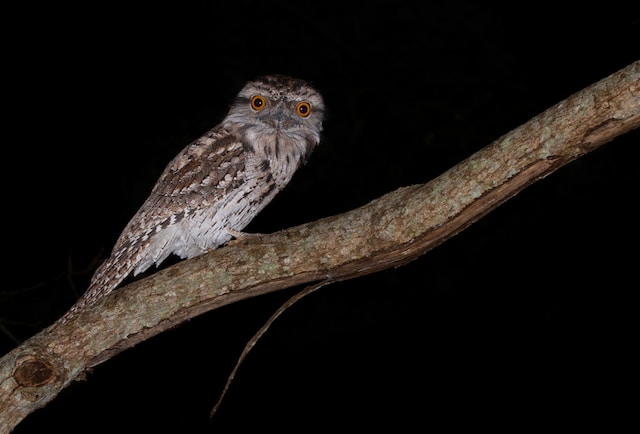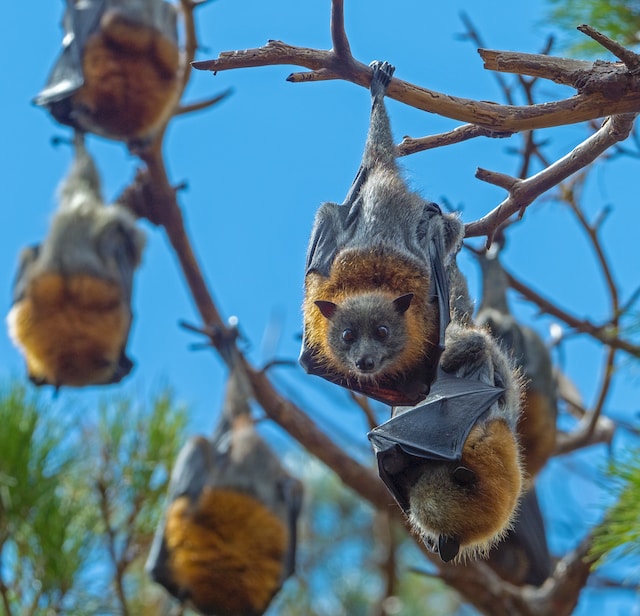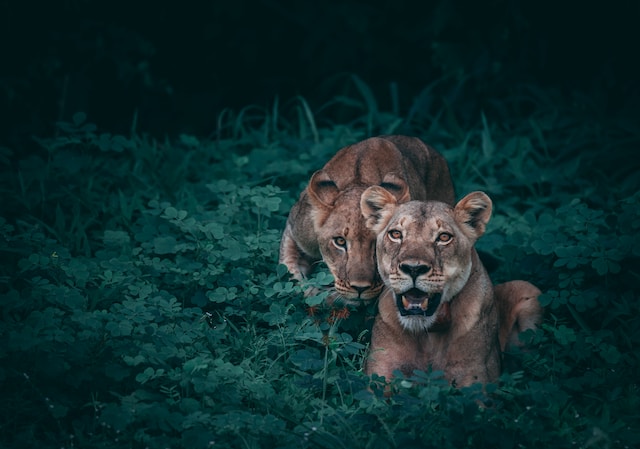
The Fascinating World of Nocturnal Animals
The night brings a different world to life, a world ruled by creatures that thrive in the cover of darkness. In this blog post, we will embark on a journey to discover the fascinating realm of nocturnal animals. From owls and bats to elusive big cats, we’ll unveil their mysteries, behaviors, and remarkable adaptations that make them lords of the night.
The Nighttime Adaptations
Nocturnal animals have evolved a remarkable set of adaptations to conquer the darkness. Dive into the world of night vision, heightened senses, and specialized features that make them masters of the night. Discover how these adaptations help them navigate and hunt with precision.
Different Types of Nocturnal Animals
1. Owls
Owls are iconic nocturnal predators. Explore their stealthy flight, powerful talons, and acute vision. Learn about the diverse species of owls, from the tiny elf owl to the formidable great horned owl, and their unique hunting strategies.
2. Bats
Enter the world of bats, nature’s only flying mammals. Uncover the secrets of their echolocation abilities and the astonishing diversity of bat species worldwide. From fruit bats to vampire bats, each has a vital role to play in their ecosystems.

3. The Big Cats of the Night
Shift our focus to the regal big cats, such as lions, tigers, and leopards that rule the night in various parts of the world. Explore their hunting techniques, communication methods, and how they adapt to low-light conditions.
Fascinating Facts About Nocturnal Animals
1. Exceptional Night Vision
Many nocturnal animals possess superior night vision, thanks to a layer of cells called the tapetum lucidum that reflects light back through the retina. Dive into the science behind this adaptation and explore which animals benefit from this incredible ability.
2. Echolocation Wonders
Bats are renowned for their echolocation abilities, but did you know that some species of dolphins and certain birds also use this technique to navigate and hunt in the dark? Delve into the fascinating world of echolocation and the creatures that have mastered it.
3. Silent Flight of Owls
Owls are silent hunters, thanks to specialized wing feathers that muffle the sound of their flight. Explore how these silent fliers have adapted to become some of the most efficient nocturnal predators.
4. Nighttime Courtship and Mating
Discover the unique courtship and mating rituals of nocturnal animals, from fireflies’ enchanting light displays to the eerie songs of nocturnal birds like the nightjar. Explore how these rituals help them find mates in the dark.
5. Camouflage and Cryptic Coloration
Explore the strategies of nocturnal animals to blend seamlessly into their nighttime surroundings. From the stick insects’ mimicry to the incredible disguises of certain moths, delve into the world of cryptic colouration.
6. Bioluminescent Marvels
Bioluminescence is a mesmerizing phenomenon found in some nocturnal creatures. Learn about the chemical reactions behind the eerie glow of fireflies, deep-sea organisms, and even fungi, and discover why they use this remarkable ability.
7. Precise Predators
Nocturnal predators have evolved remarkable adaptations for hunting in the dark. Dive into the tactics of these precise hunters, from the stealthy pounce of big cats to the aerial acrobatics of night-hunting owls.

8. The Power of Sound
Sound plays a crucial role in the lives of many nocturnal animals. Explore the remarkable vocalizations of creatures like frogs, nightingales, and katydids, and understand how these sounds help them navigate, communicate, and locate prey.
9. Survival in a Changing World
Address the challenges that nocturnal animals face in a world filled with artificial light and habitat loss. Discuss the ongoing conservation efforts aimed at protecting these creatures and the importance of preserving their natural habitats.
Final Thoughts
In closing, emphasize the importance of understanding and preserving the world of nocturnal animals. Encourage readers to take simple steps, such as reducing light pollution, to ensure that the night remains a canvas for these captivating creatures to paint their stories upon. The night belongs to them, and it’s our duty to cherish and protect it.
